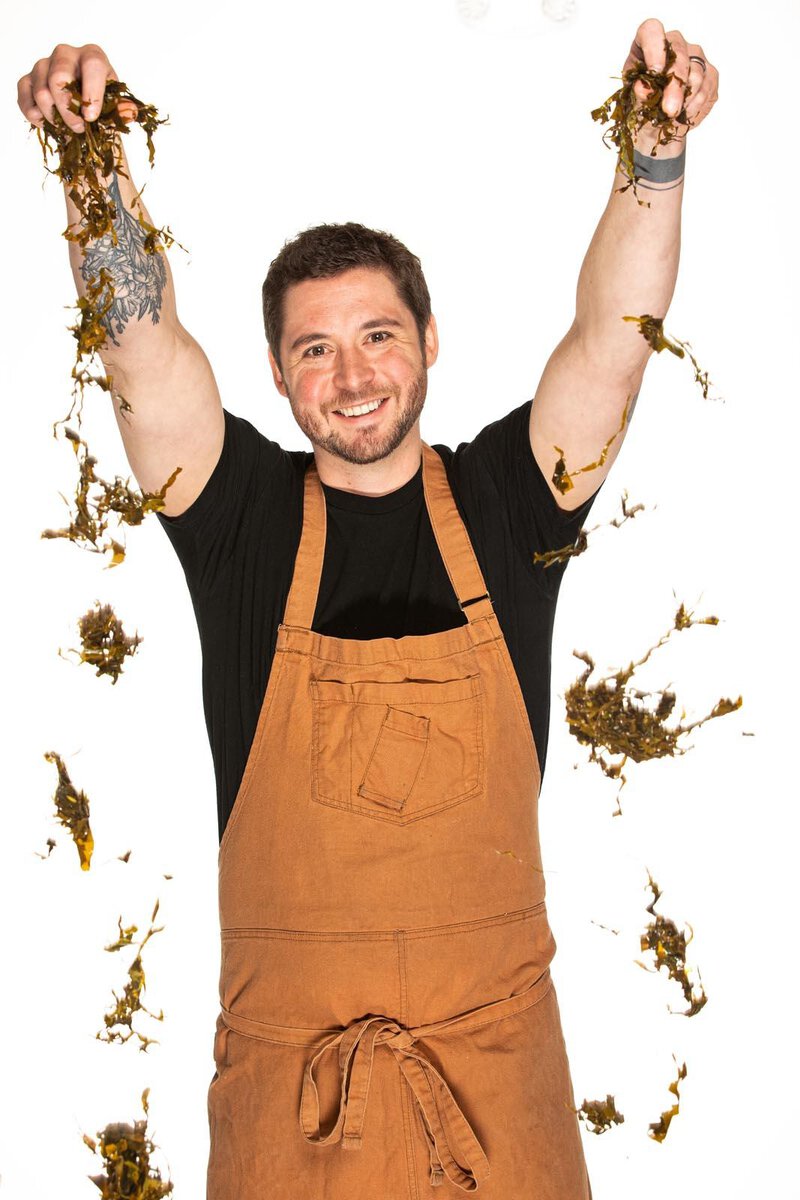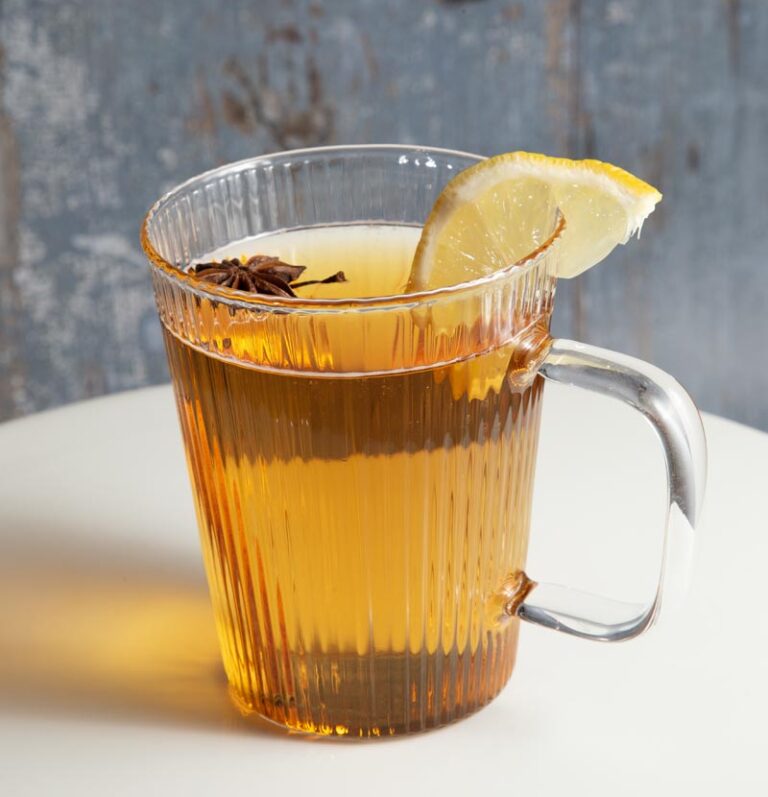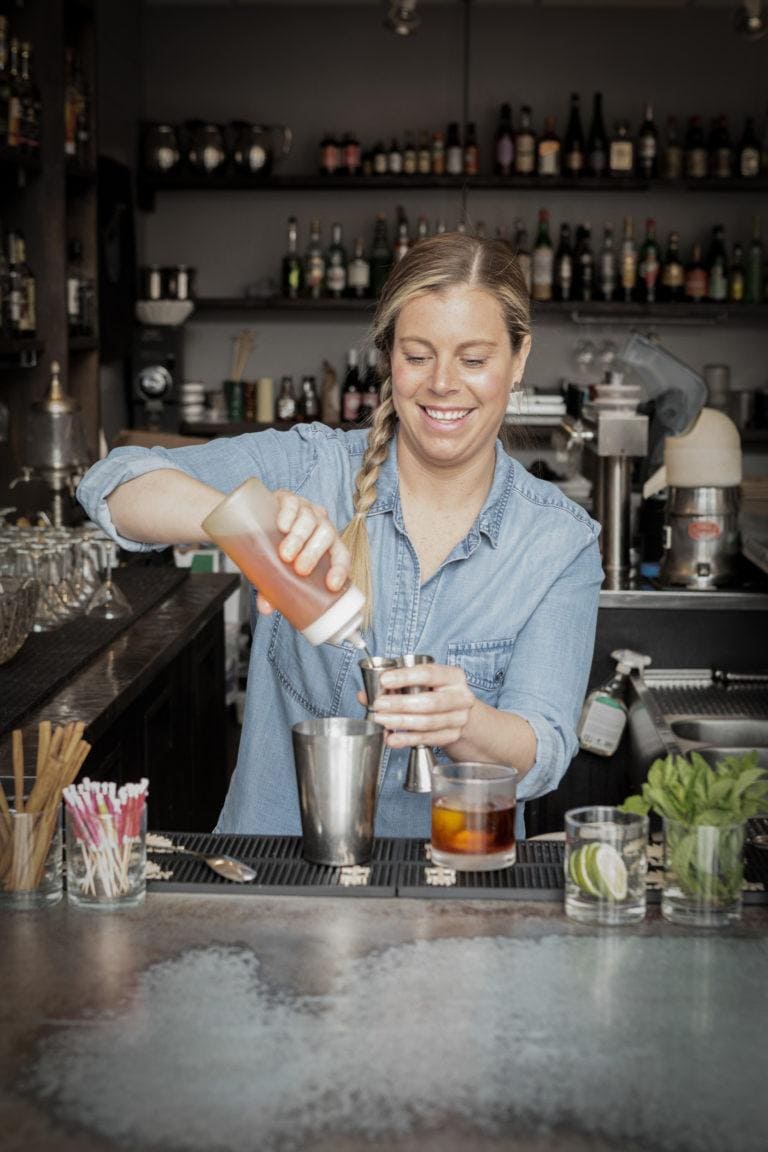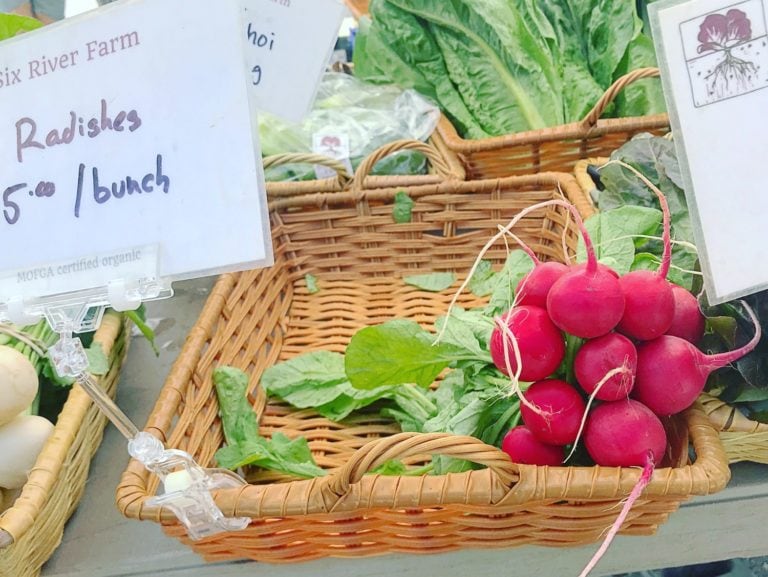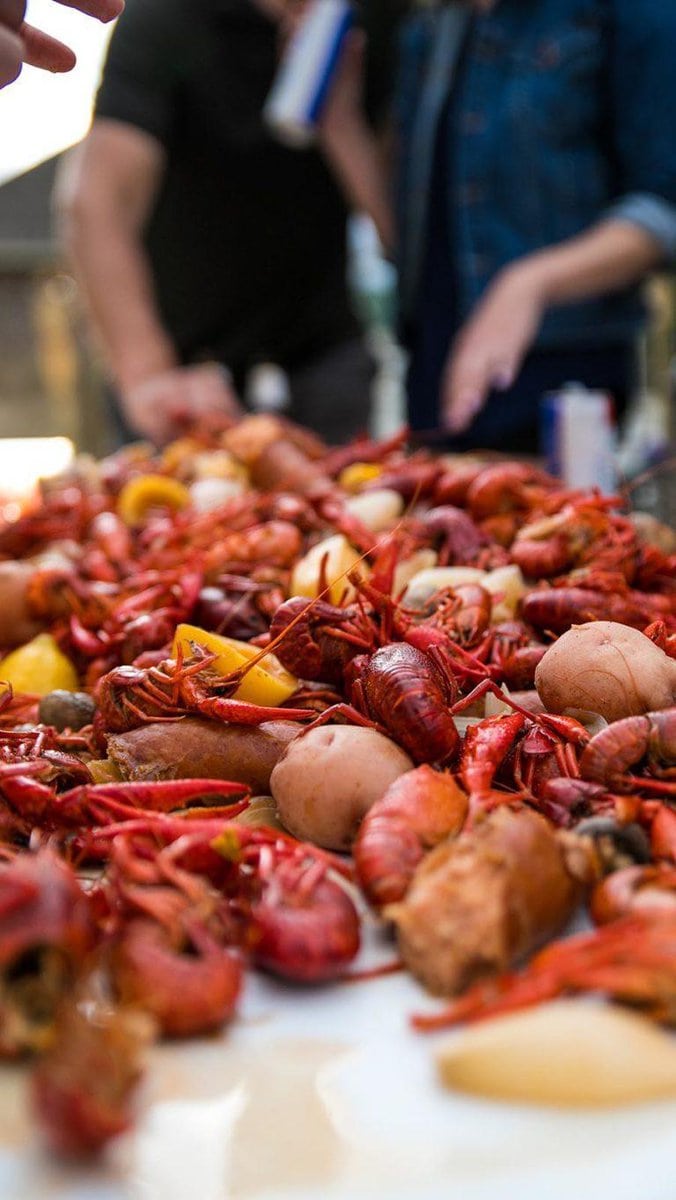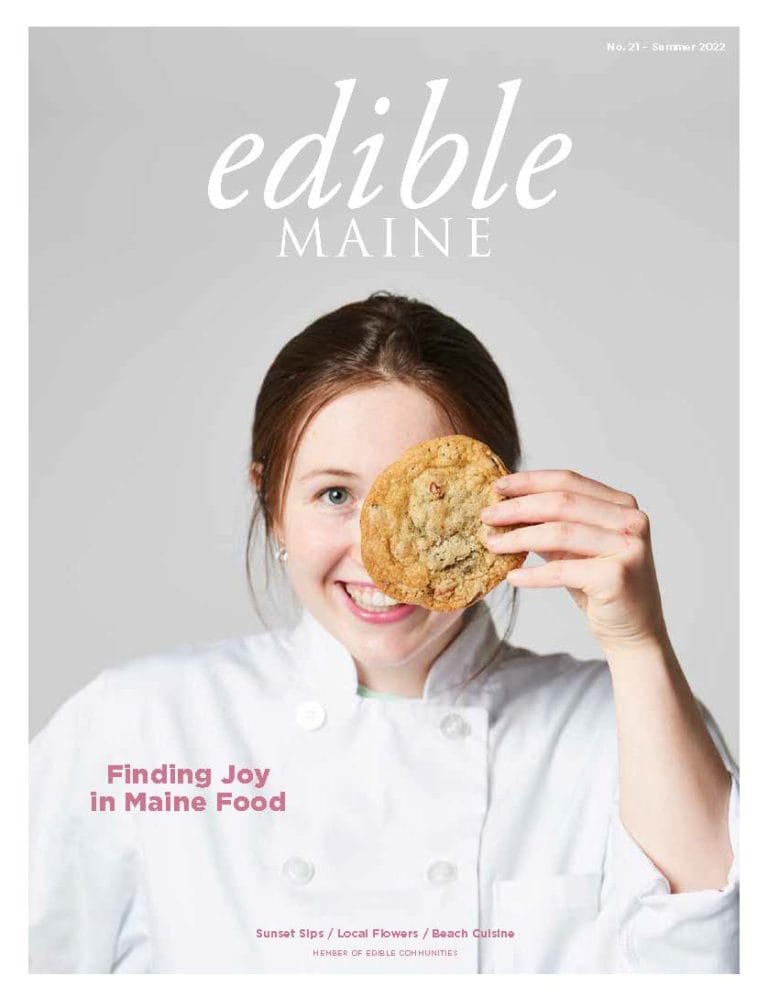In February of 2022, York-born Matt Haight traded his chef whites for a lab coat to become fermentation lead at Biddeford-based Atlantic Sea Farms (ASF), the buzziest kelp company in the United States. Tethered to the ideal of regenerative aquaculture practices, ASF and its farming partners pull about a million pounds of kelp from the Gulf of Maine during the crop’s spring harvest.
Haight grew up at Clay Hill Farm, a 200-seat restaurant and event space in Cape Neddick. In his early 20s, he ran, with his sister, a seasonal tapas place in Ogunquit called La Orilla where he focused on from-scratch cooking with Spanish, North African, and eastern Mediterranean flavors. Haight recently sat down with edible MAINE editor-in-chief Christine Burns Rudalevige to chat about seaweed as a defining culinary ingredient, fermentation processes, and whether he’ll get his 81-year-old grandfather to eventually eat seaweed. The conversation has been edited for length and flow.
When did you first taste seaweed?
I was a picky eater as a kid. I hated all seafood until I was probably 16 and started eating sushi. So the standard seaweed salad in a Japanese restaurant would have been how I started. It was probably a good thing that I didn’t taste it back then as it’s got a powerful flavor. I would not have appreciated the depth of flavor that kelp from the Gulf of Maine offers. It’s salty and full of umami, with a subtle sweetness.
Did you have seaweed on the menu at La Orilla?
Not as a menu item. But I used kombu for various things—making dashi to cook garbanzo beans for hummus, for example. It added flavor and helped take away some of the gassiness of the beans. I made everything I could in house, and that included fermentation projects like cultured butter, mozzarella and ricotta cheeses, and my own bacon.
Let’s take kelp off the table. What sea vegetable moves up to the top of the list for you?
Probably dulse. It offers such an interesting flavor profile: sweet, savory, and smoky.
Is there a type of seaweed you don’t really like?
It’s hard to say I don’t like any seaweed. It’s about the application, how it’s used. There are good ways to use seaweed and poor ways to use it. It comes down to finding the right way to showcase it as an ingredient so it’s always palatable and delicious.
What drew you to work with culinary kelp?
Maine has the freshest water around. That’s why Maine oysters are so good. When kelp is grown in fresh, clean, safe waters, at the right depth, and harvested with care when it’s at the peak of deliciousness, the end products we’re bringing to market are going to reflect that. Also, we’re not taking anything out of the water that we did not plant there. And while the kelp is in the water, it’s helping to keep the water fresh. So that’s pretty cool.
What is the main thrust of your job as ASF fermentation lead?
When I started in February 2022, I was helping to bring all our ferments in house and be able to produce them at a scale that was at least equal to what our co-packers were able to do. I had to create systems in the fermentation room and figure out the most efficient way to make as much product as our sales team said they could move.
How is working in the fermentation room at ASF different than working the line in a restaurant kitchen?
The outfit, for one. Instead of chef coats and aprons, I’m wearing lab coats, hair nets, beard nets.
Unlike a cramped restaurant kitchen, the fermentation room is big and open. Everything in that room is very clean because we don’t want any unexpected bacteria interfering with the natural lactic acid bacteria and natural yeasts that make the fermentation happen. There are two custom-built, five- by eight-foot stainless steel tables where we mix all our fermented products. We make product in 10,000-pound batches. Those tables hold about 1,000 pounds of kelp. So, I’ll fill up each table five times in a workday. Fill it up [with kelp], work in the salt, pack it into the fermentation vessel, move it to the fermentation room, reload.
This job also offers a more stable lifestyle. There is more time to see my family. Now I know what evenings and weekends at home look like. I’ve been able to start my own family—my daughter Scarlett is six months old—so being able to have that balance while still working with food is very important to me. Using what I’ve learned in kitchens to help bring a company I believe in to the next level is exciting.
How do you ascertain the right level of funk and the right level of heat in a fermented product for the general audience ASF is trying to reach?
Trial and error. I’m just creating an environment for the right kind of living bacteria to thrive, right? The most recent product we’ve developed is a gochujang seaweed salad that should be available this summer. The first time we made it, it wasn’t spicy enough and it didn’t have a high enough ratio of kelp in it. I took all those tasting notes, and using those, I was able to dial it in a little bit closer. So, the trick is getting it spicy enough, but not too spicy, and not messing around with percentages that would make it hard to scale a small batch into a full 10,000-pound one.
How long is the seaweed fermentation process?
It all depends on the ingredients. With this new product, it takes between five and seven days, depending on what’s going on. I like to ferment it at a little bit cooler than ambient room temperature because doing that preserves a little bit of the freshness and texture of the ingredients.
Can you give us some directions you’re hoping to move kelp in the future?
While I understand the long-standing Asian ties to seaweed, I don’t have an Asian cooking background. So, I think about incorporating it into ways I do know how to cook and see how it plays.
Given kelp’s natural umami qualities, I think it can be used as a substitute for fish in a lot of ways. It’s almost a plug-and-play kind of thing with anything that requires anchovies or fish sauce. Like Caesar salad dressing, pasta sauces, soups, gravies. Those things become vegan without sacrificing any flavor.
Is there a person in your life that you’ve had to work hard to try to get to eat the seaweed you’re making?
I’m working on my 81-year-old grandfather to try it. He’s very, very curious and a big supporter of what I’m doing. But he’s always been a little bit of a picky eater himself. I think he would benefit from incorporating it into his diet. I’m still working on that one.
